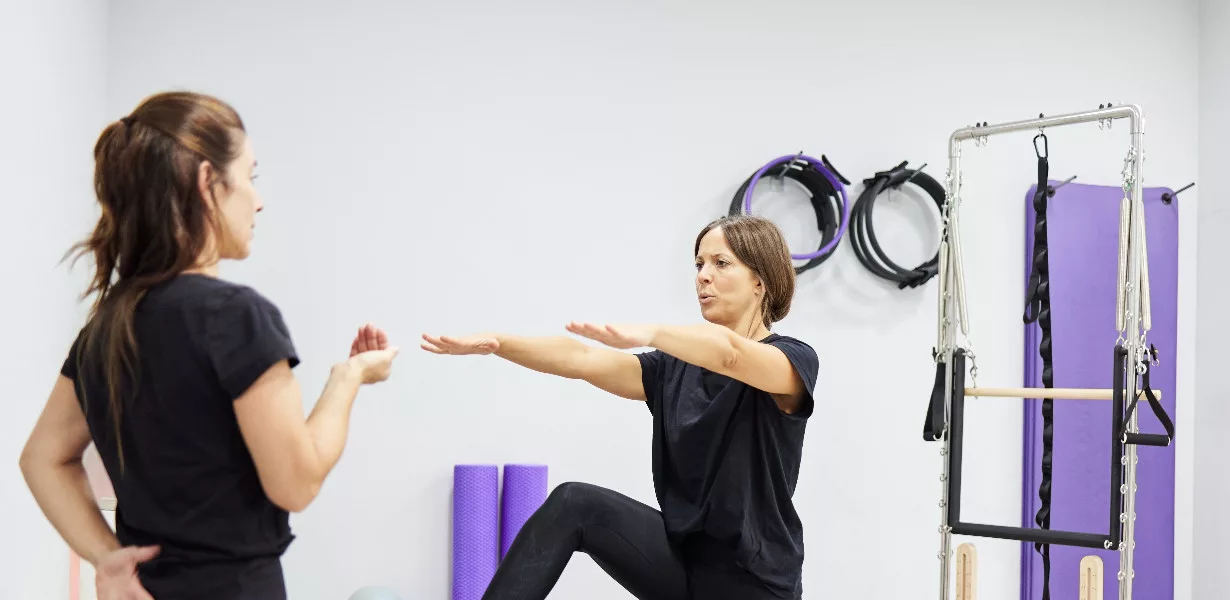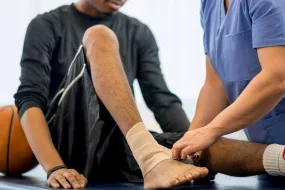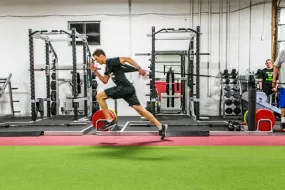
Welcome to our comprehensive guide on recovery techniques that will help you optimize your performance and achieve your fitness goals. In this article, we will delve into the world of effective recovery strategies and provide you with valuable insights to enhance your overall well-being. Whether you’re an athlete, a fitness enthusiast, or someone looking to improve their recovery process, understanding the fundamentals of recovery techniques is crucial. Let’s explore the key principles that will empower you to recover efficiently and unlock your full potential.
The Importance of Recovery Techniques
Recovery techniques play a vital role in your overall fitness journey. They help your body recuperate from physical exertion, reduce the risk of injury, and optimize your performance for future training sessions. By incorporating effective recovery techniques into your routine, you can enhance your body’s ability to rebuild muscle, restore energy levels, and maintain a balanced and healthy lifestyle.
Understanding Recovery Techniques
What Are Recovery Techniques?
Recovery techniques encompass a range of strategies and practices aimed at aiding your body’s recovery process following physical activity. They involve activities and methods that promote muscle repair, reduce inflammation, and replenish energy stores. By incorporating these techniques into your routine, you can accelerate recovery, minimize fatigue, and enhance your overall athletic performance.
Tips for Effective Recovery Techniques
To maximize the benefits of your recovery process, consider implementing the following tips:
1. Rest and Sleep: Adequate rest and quality sleep are fundamental to effective recovery. Your body needs time to repair and rebuild after intense workouts or physical activities. Aim for 7-9 hours of uninterrupted sleep each night and prioritize relaxation and downtime throughout the day.
2. Nutrition and Hydration: Proper nutrition and hydration are crucial for optimal recovery. Focus on consuming nutrient-dense foods that support muscle repair and replenish energy stores. Prioritize a balanced diet rich in lean proteins, complex carbohydrates, and healthy fats. Additionally, stay hydrated by drinking an adequate amount of water throughout the day.
3. Active Recovery: Engaging in light, low-impact exercises can aid in the recovery process. Activities such as gentle stretching, yoga, or swimming can promote blood flow, reduce muscle soreness, and enhance flexibility. Incorporating active recovery into your routine allows for the removal of metabolic waste and promotes overall muscle health.
FAQs about Recovery Techniques
Q1: What are some effective fall recovery techniques for older adults?
To improve fall recovery and reduce the risk of injury among older adults, consider the following techniques:
- Strengthen your lower body through exercises like squats, lunges, and calf raises.
- Improve balance and stability with activities such as tai chi or yoga.
- Install handrails or grab bars in areas prone to falls, such as bathrooms and staircases.
- Remove hazards in your living environment, such as loose rugs or cluttered pathways.
Q2: What are advanced data recovery techniques for digital storage devices?
Advanced data recovery techniques involve specialized methods to retrieve lost or inaccessible data from digital storage devices. These techniques may include:
- Utilizing data recovery software or tools designed for specific file systems or device types.
- Working with professional data recovery services that employ advanced hardware and software solutions.
- Performing physical repairs or component replacements on damaged storage devices in controlled environments.
Q3: How can backup and recovery techniques safeguard important data?
Backup and recovery techniques are essential for protecting critical data from loss or corruption. Here are some effective strategies:
Regularly back up your data to an external storage device or a cloud-based service.
Verify the integrity of backups to ensure data can be restored accurately.
Test the recovery process periodically to ensure backups are accessible and functional.
Consider implementing redundant backup systems for added data security.
Q4: Can recovery techniques be applied to mental and emotional well-being?
Absolutely! Recovery techniques are not limited to physical aspects but also extend to mental and emotional well-being. Practices such as mindfulness meditation, journaling, deep breathing exercises, and engaging in hobbies can promote mental and emotional recovery, reduce stress, and enhance overall well-being.
Q5: Are there specific recovery techniques for different sports or activities?
Yes, various sports and activities may require specific recovery techniques tailored to their unique demands. For example, endurance athletes may focus on active recovery, massage therapy, and proper nutrition, while strength trainers may emphasize muscle repair and regeneration through targeted rest and supplementation. Consult with professionals in your specific sport or activity to determine the most effective recovery techniques for your needs.
Conclusion
Congratulations! You now have a comprehensive understanding of recovery techniques and their importance in optimizing your performance and overall well-being. By implementing effective recovery strategies, such as prioritizing rest and sleep, maintaining proper nutrition and hydration, and engaging in active recovery, you can accelerate your body’s recovery process, reduce the risk of injuries, and achieve your fitness goals more efficiently. Remember, recovery is an integral part of any training program, and by unlocking the secrets of recovery techniques, you can unlock your full potential.
Advertisement









